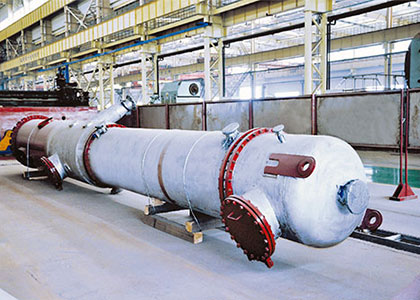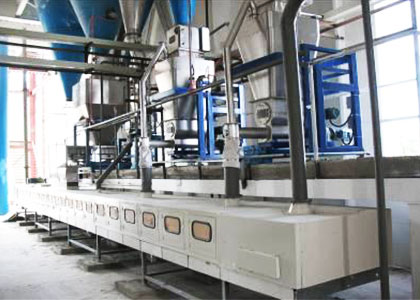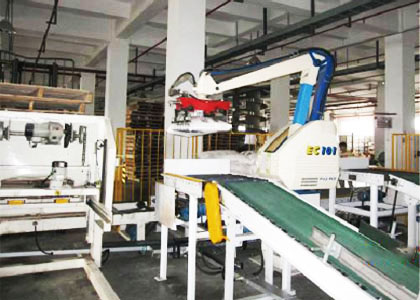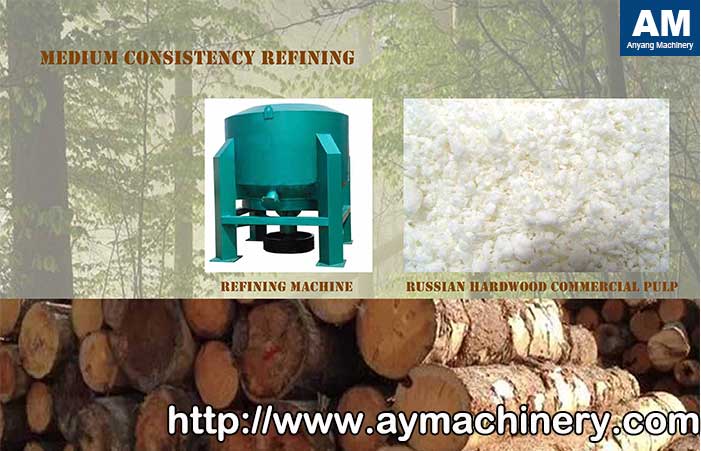
In recent years, Russian commercial wood pulp, especially hardwood pulp has been attracting domestic paper making industry with its competitive price. But because of understanding insufficiency of the pulp performances in the paper making process, the applied effects are not ideal. The pulp manufacturers often make low consistency refining treatment, but after it, the paper made of the pulp is not satisfactory. Through further analysis on commercial pulp, we have explored the reasons. By the researches on the optimization of Russian commercial hardwood pulp, we provide the results from actual production to make better use of the pulp by means of medium consistency refining.
Test of Russian commercial wood pulp in the paper making process
1.1 Raw material: Russian BKP hardwood pulp (Made in Bratsk factory)
1.2 Test method
A. Conditions:
- PFI mill for refining;
- Refining concentration are 10%, 15% and 20%;
- Refining load: line pressure 3.30N/mm;
- Refining gap: 0.1mm
B. Physical performance testing of sheet and paper
- Sheet testing is carried out by ZQJ1-B sheet forming machine;
- Paper physical performance testing shall conform to national standards.
Results and discussion of Russian commercial wood pulp in the paper making process
2.1 The analysis on Russian BKP hardwood pulp is shown in Table 1
Table 1 the analytical results of Russian BKP hardwood pulp
| Market Pulp Types |
Average Fiber Length (mm) |
Average Fiber Width (mm) |
α Cellulose (%) |
Polymerization Degree |
|---|---|---|---|---|
| Russian BKP Hardwood Pulp | 1.48 | 23.8 | 80.83 | 723 |
We need more strong paper in the paper making industry. This test help us find more paper pulp performances in the paper making process. Seen from Table 1, for Russian hardwood bleached kraft pulp, the average fiber length is better, but the fiber length-width ratio is relatively lower. The polymerization degree is very low and the pentosan content is quite high. Under the conditions of low consistency refining, low polymerization degree of the fiber in the pulp will be easily cut. The fiber length will decrease fast, the wet weight will greatly drop and the strength performance of the pulp will also decrease sharply. This shows that the improvement of refining degree of commercial pulp is mainly resulted from more fiber cutting rather than fine fibrosis. The phenomenon will certainly cause the decrease of paper strength performance.
2.2 The effects of refining concentration on physical properties of Russian BKP hardwood pulp in the paper making process
In order to improve applied value and scope, we must prevent pulp fiber from being cut in the refining process. We need to maintain original average fiber length and improve the fine fibrosis as possible as we can. To achieve the aim, the medium consistency refining is undoubtedly a good way. As the concentrations are 10%, 15% and 20%.
Seen from Table 2, we find that increasing refining concentration can significantly improve the physical strength of Russia's commercial pulp. Specifically, after the medium consistency refining, the breaking length and burst index of the paper have increased by more than 200% and the tear index has increased by more than 90%. Seen from comprehensive strength index, we can know that the 10%-15% concentration is appropriate for the medium consistency refining.
The medium consistency refining differs from low consistency refining in effects. Under low concentration conditions, water exists between the fibers. This is similar to lubricant function. It makes inner friction between fibers almost equal to that of water. The minimum friction is not enough to affect fiber properties.
The medium consistency refining differs from low consistency refining in effects. Under low concentration conditions, water exists between the fibers. This is similar to lubricant function. It makes inner friction between fibers almost equal to that of water. The minimum friction is not enough to affect fiber properties.
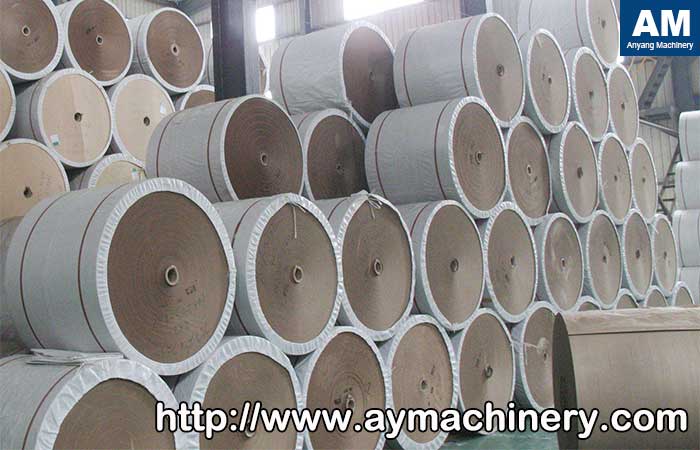
However, in the medium consistency refining process, there forms a thicker pulp layer between fly cutter and dead knife. The fine fibrosis of the fibers functions by the friction rather than mechanical stress. This can avoid excessive cutting from the refining equipments.
In the paper making process, the fibers get good swelling performance and their fabricability has been greatly increased. The paper pulp refining degree has been greatly increased, and the degree of fine fibrosis has been also significantly improved. This makes the pulp breaking length and burst index increased significantly. Compared to breaking length and burst index, the rise of tearing index is slightly lower (90%). This is because the factors that determine the tearing index are fiber length, fiber strength and binding force. Although the fiber binding force is enhanced, the average fiber length is decreased. But the fiber intensity is almost unchangeable. These factors will cause the tearing index to slightly rise.
In the paper making industry, the medium consistency refining can achieve the optimization of Russian commercial pulp, making its applied value and scope higher and more expansive. The technology will benefit of more paper manufacturers.


